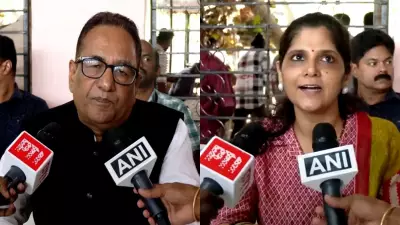
India's judicial system stands at a critical crossroads, facing what many perceive as an insurmountable crisis of delayed justice. However, the real problem isn't the system itself, but rather the persistent neglect and underfunding that has plagued it for decades.
The Real Bottleneck: Vacancies and Resources
Across India's courts, from district levels to the Supreme Court, thousands of judicial positions remain vacant. This isn't merely a statistical concern—it represents justice denied to millions of citizens awaiting their day in court. The situation becomes particularly alarming in lower courts, where the judge-to-population ratio falls dramatically short of international standards.
Financial Starvation of Justice
The budgetary allocation for India's judiciary tells a troubling story. Despite being a fundamental pillar of democracy, the judicial system receives less than 1% of the national budget. This financial starvation affects everything from court infrastructure to technological upgrades and support staff, creating a domino effect that slows down justice delivery.
Technology: A Partial Solution
While digital initiatives like e-courts and virtual hearings have brought some relief, they cannot compensate for the fundamental gaps in human resources and physical infrastructure. Technology should augment, not replace, the essential components of a robust judicial system.
The Way Forward
The solution lies in a multi-pronged approach:
- Urgent filling of vacancies through streamlined appointment processes
- Adequate financial allocation to modernize infrastructure
- Systematic case management and alternative dispute resolution mechanisms
- Long-term planning for judicial workforce requirements
The time has come to recognize that judicial reform isn't about overhauling the system, but about providing the necessary support and resources to make it function as intended. Justice delayed is indeed justice denied, and for millions of Indians, this delay has become an everyday reality.





